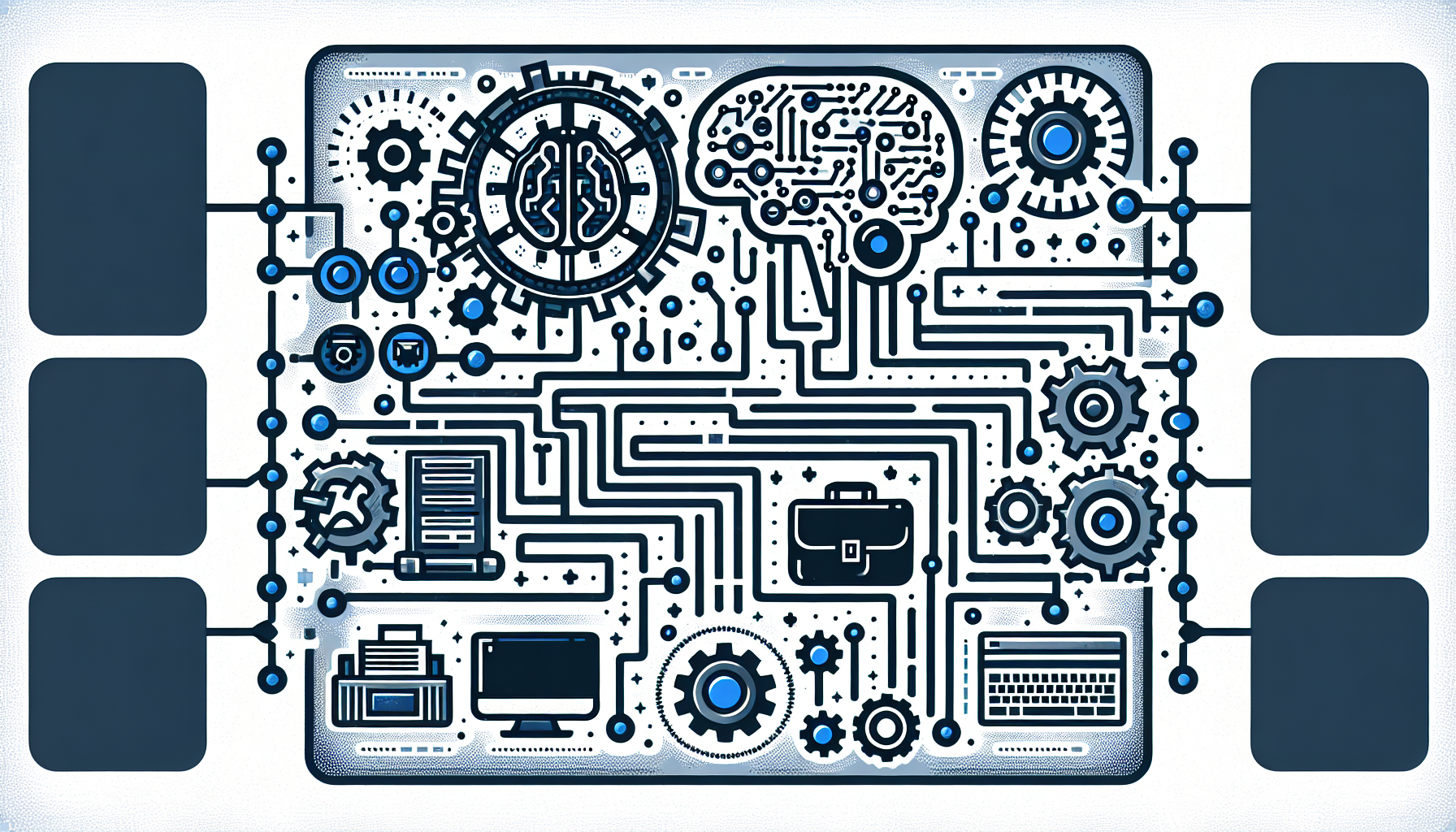Understanding AI and Automation in Business
The integration of artificial intelligence (AI) and automation into business processes has revolutionized the way organizations operate. By leveraging advanced technologies, businesses can enhance productivity, reduce operational costs, and improve customer satisfaction. The challenge lies in choosing the right tools that align with specific objectives and operational workflows.
Identifying Business Needs
Before selecting AI and automation tools, it is crucial to conduct a comprehensive needs assessment. Consider the following areas:
-
Operational Efficiency: Identify processes that are time-consuming or prone to errors. Tasks such as data entry, inventory management, or customer service are often ideal candidates for automation.
-
Customer Interaction: Evaluate your customer service channels. AI can enhance engagement through chatbots and virtual assistants that provide immediate support and responses to customer inquiries.
-
Data Analysis: Leverage AI tools that can analyze large datasets to uncover trends, generate forecasts, and enhance decision-making processes.
Key Categories of AI and Automation Tools
-
Process Automation Tools:
These tools automate routine tasks. Robotic Process Automation (RPA) features are essential for businesses looking to streamline repetitive tasks without replacing existing systems completely. Tools like UiPath and Automation Anywhere provide user-friendly solutions. -
Customer Relationship Management (CRM) Systems:
Modern CRMs like Salesforce and HubSpot harness AI algorithms to analyze customer data, predict behaviors, and personalize interactions, enhancing customer relationships and boosting sales. -
Marketing Automation:
Platforms such as Mailchimp and Marketo enable businesses to automate marketing campaigns, segment audiences, and analyze performance metrics in real-time, optimizing outreach efforts. -
AI-Powered Data Analytics:
Tools like Tableau and Google Analytics use AI to offer predictive insights based on historical data, aiding businesses in strategic planning and forecasting. -
Human Resource Management:
AI in HR tools such as Workday and BambooHR can streamline recruitment processes through automated candidate screening and employee onboarding, significantly reducing hiring time. -
Chatbots and Virtual Assistants:
AI-driven chatbots (e.g., Drift, Intercom) provide 24/7 customer support and can handle multiple inquiries simultaneously, improving user experience while freeing up human resources for complex queries.
Evaluating AI and Automation Tools
When selecting AI and automation tools, consider the following criteria:
-
Scalability: Ensure the tools can grow with your business. Scalable solutions can accommodate increases in users, transactions, and data volume without compromising performance.
-
User-Friendliness: Prioritize intuitive interfaces that require minimal training. A steep learning curve can hinder adoption among employees.
-
Integration Capabilities: The selected tools should seamlessly integrate with existing software and systems. This includes compatibility with CRM software, ERP systems, and data management platforms.
-
Cost-Effectiveness: Calculate total costs, including subscription fees, maintenance costs, and potential training expenses. Free trials can help evaluate whether a tool justifies its investment.
-
Vendor Support: Assess the level of customer support provided by the vendor. Reliable support is essential for troubleshooting, updates, and ongoing training.
Best Practices for Implementation
-
Pilot Programs: Conduct pilot tests with selected tools in controlled environments. This approach allows for evaluating performance and making necessary adjustments before full-scale implementation.
-
Employee Training: Provide comprehensive training to employees, ensuring they understand how to use the tools effectively. Engaged employees are more likely to embrace new technologies positively.
-
Continuous Monitoring: Regularly assess the performance of the AI and automation tools against predefined KPIs. This helps identify areas for improvement and determine if the tools still meet business needs.
-
Feedback Loops: Establish channels for employee feedback on tool usability and effectiveness. This insight can guide further adjustments and support employee buy-in.
-
Stay Updated: The AI landscape is dynamic; staying informed about emerging technologies and regular updates will ensure your tools remain competitive and effective.
Industry-Specific Applications of AI and Automation
-
Healthcare: AI tools like IBM Watson analyze medical records and assist in diagnosis. Automation can streamline administrative tasks, allowing healthcare professionals to focus more on patient care.
-
Finance: In finance, AI algorithms detect fraudulent transactions. Automation aids in compliance reporting and automates routine tasks such as reconciliations.
-
Retail: AI-driven inventory management tools can analyze purchasing trends, while automation handles order fulfillment, improving efficiency and customer satisfaction.
-
Manufacturing: Robotics and AI in manufacturing can predict equipment failures, ensuring maintenance occurs proactively, saving time and costs associated with unexpected downtimes.
Safety and Ethical Considerations
In deploying AI and automation tools, it’s essential to address data privacy and security concerns. Ensure compliance with regulations like GDPR and CCPA, and implement robust cybersecurity measures to protect sensitive data.
Moreover, ethical considerations around job displacement due to automation must be taken into account. Fostering a culture of retraining and upskilling employees can mitigate the impact and help integrate human workers into this new tech-oriented landscape.
The Future of AI and Automation
The future of AI and automation promises even greater advancements. Innovations in natural language processing, machine learning, and predictive analytics will continue to enhance business capabilities across industries. Companies that embrace these changes and adapt their operations accordingly stand to gain a substantial competitive advantage.
As we move forward, leveraging AI and automation will transform not just individual businesses but entire sectors, creating new opportunities and challenges that organizations must navigate effectively.


